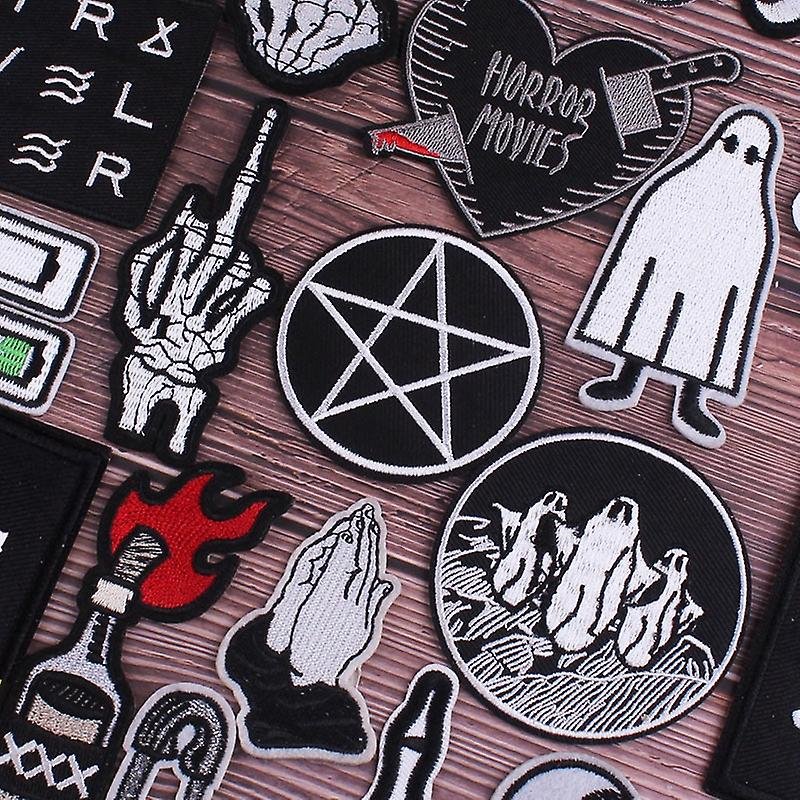Embroidered patches have long been a versatile medium for expressing identity, belonging, and creativity. Whether sewn onto uniforms, backpacks, or jackets, these patches tell a story, commemorating events, affiliations, or personal achievements. Understanding their intricate craftsmanship, the role of technology in their production, and their diverse applications can enhance our appreciation for this timeless art form.
A Brief History of Embroidered Patches
The origins of embroidered patches can be traced back to ancient civilizations, where hand-stitched designs adorned clothing and textiles. Early artisans used basic tools and natural fibers to create patterns, often symbolic of cultural or religious significance. Over time, these techniques evolved, influenced by technological advancements and shifting aesthetic preferences. By the 20th century, patches had become a popular way to signify membership in military units, sports teams, and social clubs.
The Craftsmanship Behind Custom Designs
Creating a custom embroidered patch begins with a design concept. Artists sketch the desired image, paying close attention to detail, as every thread will play a role in bringing the vision to life. This design is then digitized using specialized software, translating the image into a format compatible with embroidery machines.
Once the design is digitized, the embroidery process begins. High-speed machines use a series of needles and threads to stitch the pattern onto a base fabric. Each thread color is loaded in sequence, ensuring a seamless transition between hues. Depending on the complexity of the design, this process can take anywhere from a few minutes to several hours.
Custom embroidery patches are distinguished by their durability and visual appeal. The use of high-quality threads and fabrics ensures that the patches can withstand wear and tear, while precise stitching techniques enhance their aesthetic value.
Applications and Uses
The versatility of embroidered patches has led to their widespread use across various sectors. Here are some of their common applications:
- Uniforms: Military, police, and fire departments use patches to indicate rank, unit, or special achievements.
- Sports Teams: Patches serve as team logos or symbols of championship victories.
- Corporate Branding: Companies often use patches to promote their brand or commemorate special events.
- Personal Expression: Individuals use patches to showcase their interests, beliefs, or creative designs.
custom embroidered patches are not only functional but also hold sentimental value. They often serve as mementos, reminding wearers of significant life events or milestones.
Technological Advancements in Patch Making
The advent of computer-aided design (CAD) and high-speed embroidery machines has revolutionized the production of patches. These technologies have streamlined the process, allowing for greater precision and efficiency. Modern embroidery machines can replicate intricate designs with stunning accuracy, including fine details and gradients that were once difficult to achieve.
Additionally, advancements in thread materials have expanded the range of colors and textures available. Metallic threads, glow-in-the-dark options, and even eco-friendly materials offer unique possibilities for customization.
Choosing the Right Patch Maker
When selecting a personalised embroidered patch maker, it’s important to consider factors such as design capabilities, material quality, and production timelines. A skilled patch maker can transform even the most complex designs into wearable works of art. Whether you’re seeking a small batch for a special event or a large order for a corporate campaign, partnering with an experienced provider ensures a smooth process and a high-quality result.
Conclusion
Custom embroidered patches continue to thrive as a dynamic form of artistic and functional expression. From their historical roots to modern technological advancements, these patches have evolved to meet diverse needs and preferences. Whether they serve as symbols of identity, tools for branding, or creative personal statements, their enduring appeal is a testament to the artistry and craftsmanship involved in their creation.
